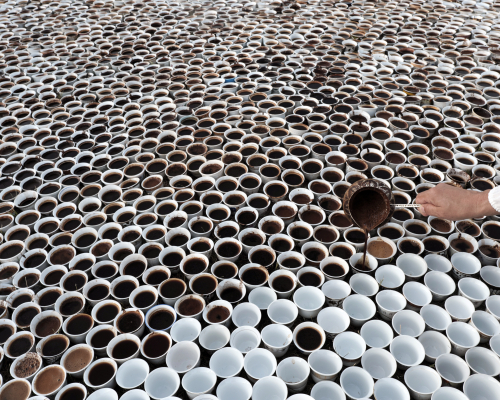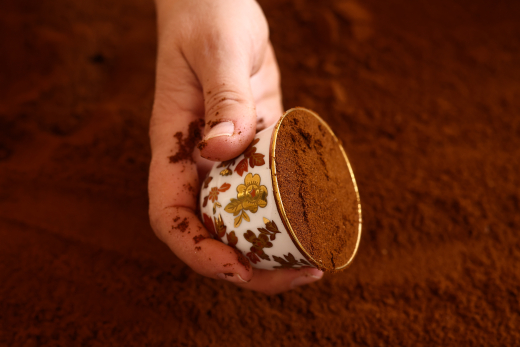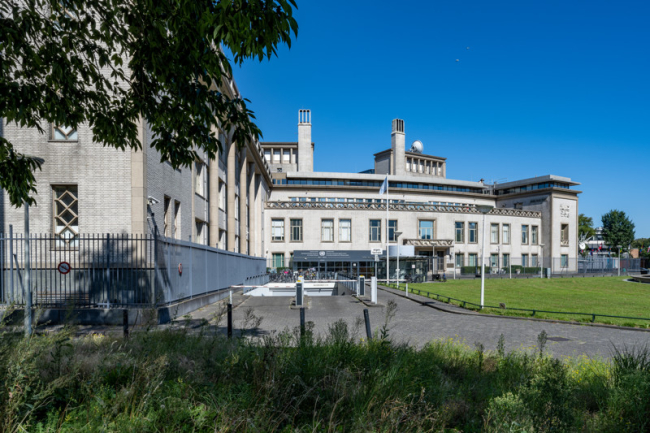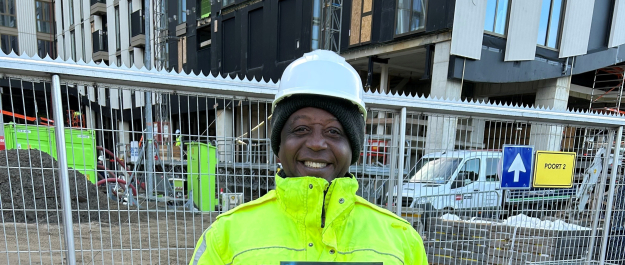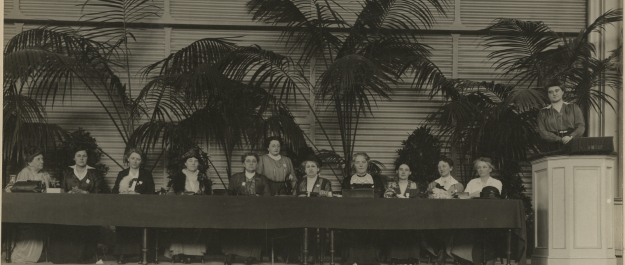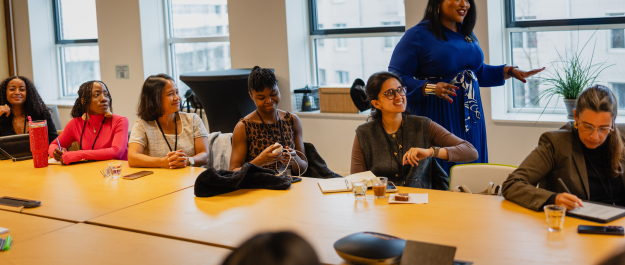'Cups of Memory' exhibition of Arna Mačkić & Aida Šehović at Kunstmuseum and a site marker as a temporary monument in The Hague. The Srebrenica genocide is part of our shared history. Remembering this tragedy is a matter of national importance.
On 11 July 2025 it will be exactly 30 years since the genocide in Srebrenica took place. In Cups of Memory architect Arna Mačkić (Studio L A) and artist Aida Šehović (ŠTO TE NEMA), both survivors of the Bosnian War (1992-1995), will present a new interpretation of remembrance, in which art, collective memory and shared rituals not only reflect on the past, but confront its long-term consequences that continue to shape our present.
30 years since Srebrenica
A horrific tragedy unfolded in the area of Srebrenica in Bosnia and Herzegovina on 11 July 1995, when the Bosnian-Serb Army murdered more than 8,372 Muslim men and boys. The UN Dutchbat battalion, which was charged with protecting them, did not intervene. It was the biggest act of genocide in Europe since the Second World War. Yet, thirty years on, this event is still not part of the Dutch collective memory and remains absent from the national culture of remembrance.
National Monument Srebrenica Genocide '95
While the Netherlands does not yet have a permanent national monument to commemorate the victims of the Srebrenica genocide, The Hague — as the international city of peace and justice — is pleased to contribute to the creation of such a monument. This is why the city has supported the establishment of the site marker as a temporary monument. Rotterdam, the Ministries of Defence and Foreign Affairs have also contributed to this initiative. The unveiling of the site marker on Friday 11 July 2025 marks an important step towards the realisation of a permanent monument.
"It is essential that there is a dignified and permanent monument to commemorate the victims of Srebrenica. The Srebrenica genocide is part of our shared history. Remembering this tragedy is a matter of national importance."
Why are you not here?
Cups of Memory is based on the art project ŠTO TE NEMA (‘Why are you not here?’), a participatory monument of remembrance presented on city squares around the world. Aida Šehović initiated the project on 11 July 2006 with a public performance in Sarajevo, for which a local women’s organisation collected the first 923 fildžani, traditional coffee cups. The porcelain cups were placed in the street and passers-by were invited to fill them with Bosnian coffee, which remained untouched. This silent but powerful act of remembrance was repeated every year on public squares across the globe, from Geneva to New York and from Istanbul to Toronto. There is now a fildžan for each of the (at least) 8,732 victims. The first 923 cups will be on display in the Netherlands for the first time.
Reflection and hope
In Cups of Memory, Mačkić and Šehović reconstitute the temporary monument, surrounded by images and stories of survivors and descendants, witnesses and others. These stories are brought to life in a number of ways, including in the Srebrenica is Dutch History project, which Mačkić made in 2020 in collaboration with the Bosnian Girl collective and photographer Robin de Puy. The makers will thus offer a place for reflection, hope and a collective quest for a world free of genocide.
“Exactly thirty years after the genocide in Srebrenica Mačkić and Šehović have created a poignant and meaningful exhibition about a subject that is still topical today. Despite the Netherlands’ role in this tragedy, there has still been no compelling acknowledgement of the victims. It is particularly important that, here in The Hague – the city of peace and justice and the home of the Yugoslavia Tribunal – we stop and consider the lived experience of the different groups involved in this same history, each from their own perspective. At KM21 these stories will come together, forming a temporary monument in a city where the community affected still craves a permanent place of remembrance.”
Cups of Memory conversations
On 21 September 2025, KM21 will host the Cups of Memory conversations. An afternoon in which several speakers will discuss the stories of the exhibition, the history of the genocide in Srebrenica, remembrance rituals and more More details will be posted in due course on km21.nl.
Read more
Site marker for the future National Monument Srebrenica Genocide '95
The temporary site marker stands beside the former Yugoslavia Tribunal — a symbolic place where justice was sought for the atrocities committed during the Bosnian War. Here in The Hague, the international city of peace and justice, the most responsible war criminals were convicted. By placing the marker at this site, the city honours the memory of the victims and reaffirms its commitment to justice and accountability worldwide.

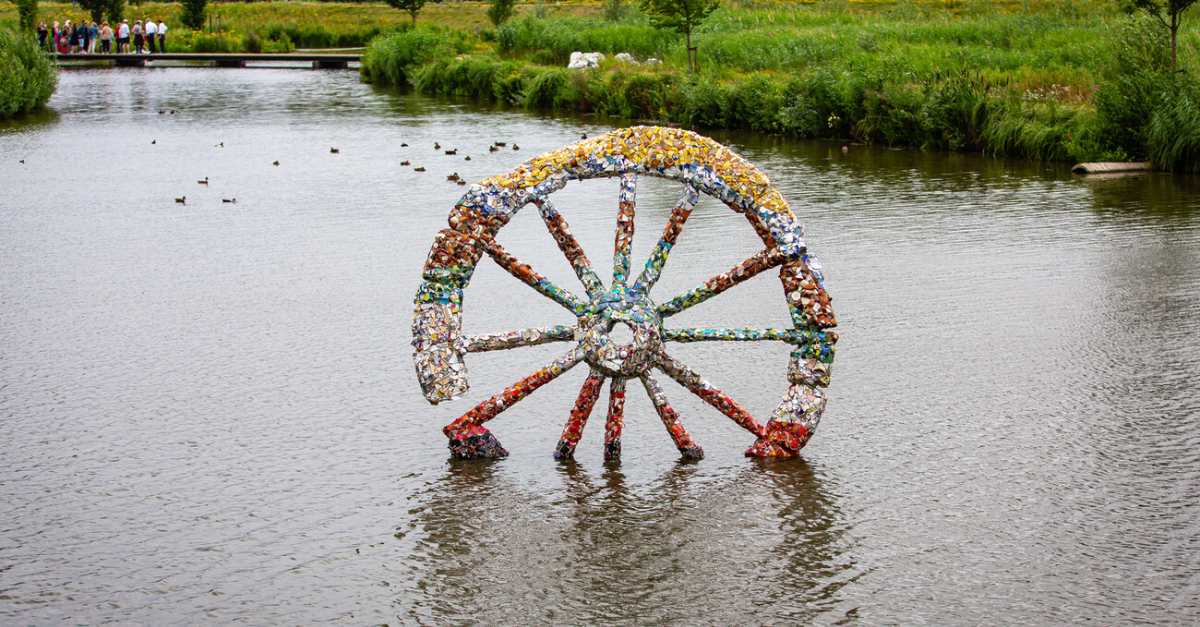
Outdoor Artwork ‘Be longing’ in The Hague by Michael Rakowitz
On 5 July 2025, a remarkable artwork will be unveiled in Molenvlietpark, The Hague: Be longing, by artist Michael Rakowitz.
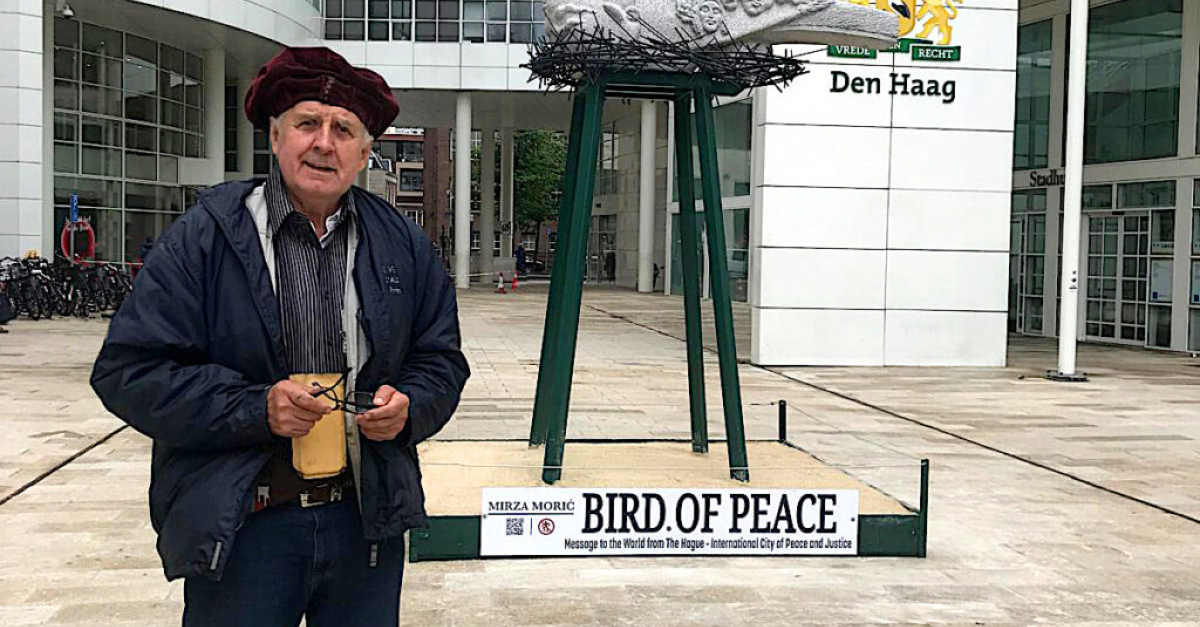
‘The Bird of Peace’ sculpture by Mirza Moric at The Hague City Hall
The Bird of Peace, a sculpture by Bosnian-born artist Mirza Moric, is on display by the main entrance of The Hague City Hall from 10 June till 21 Sept.
